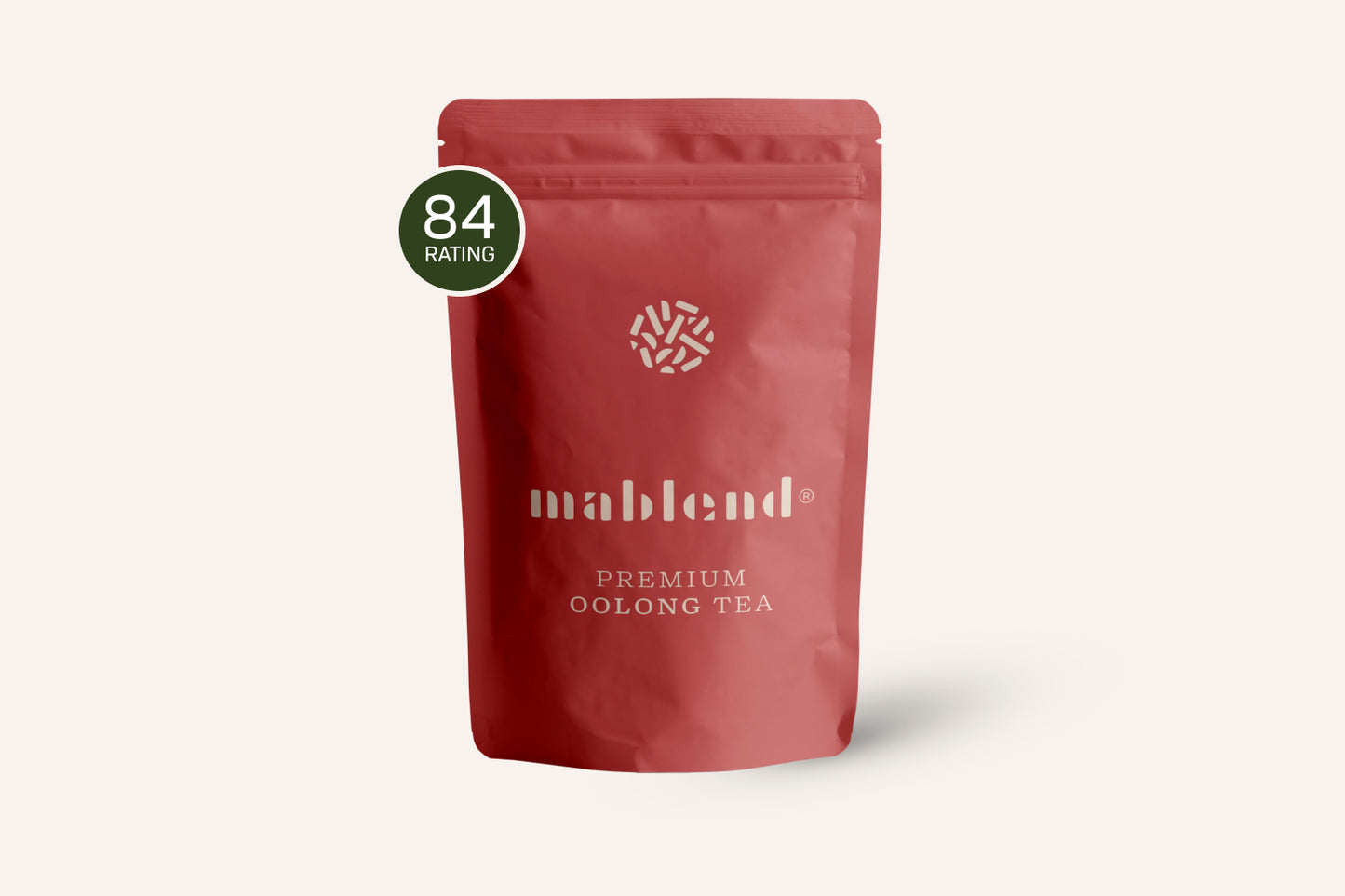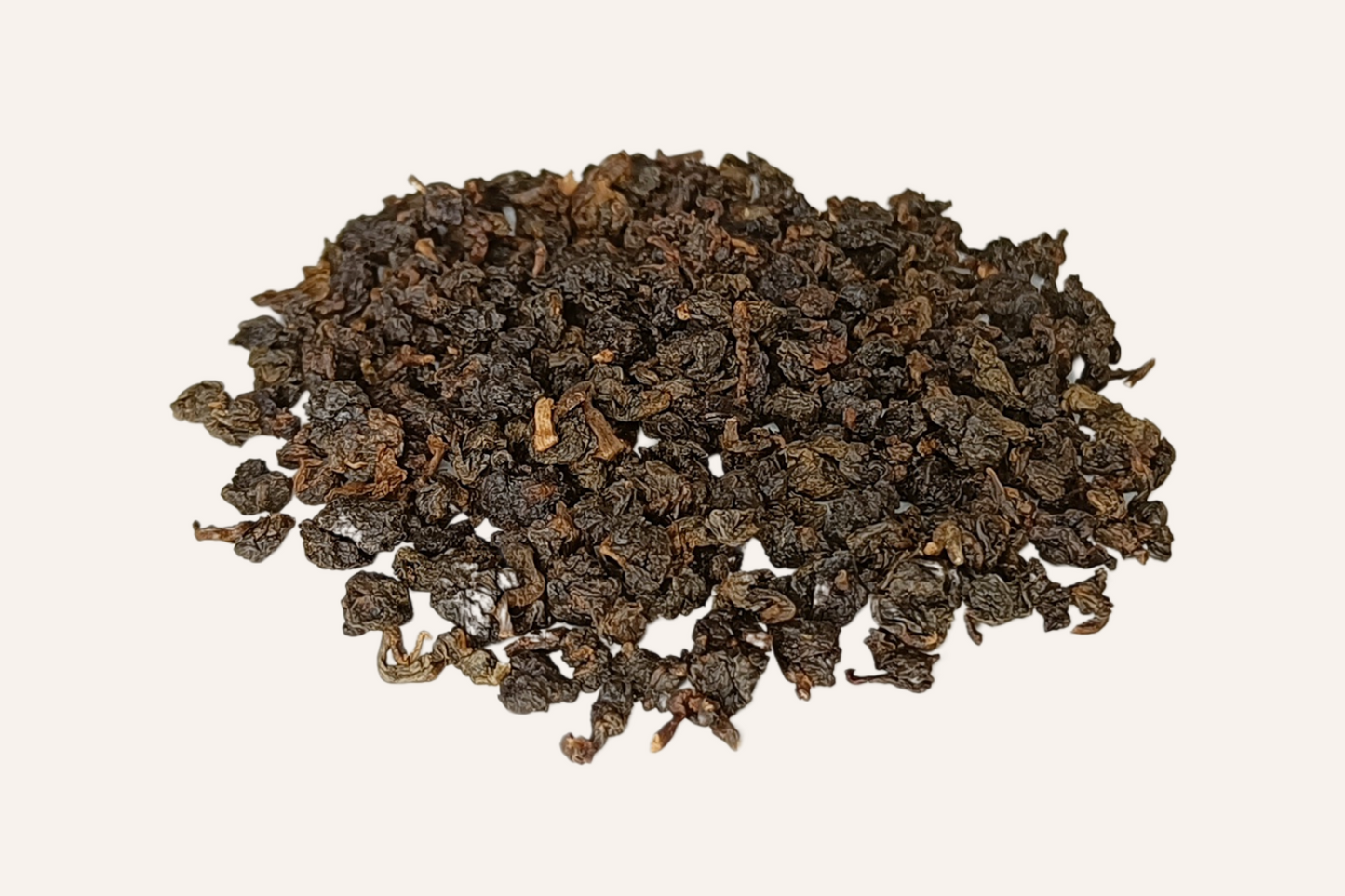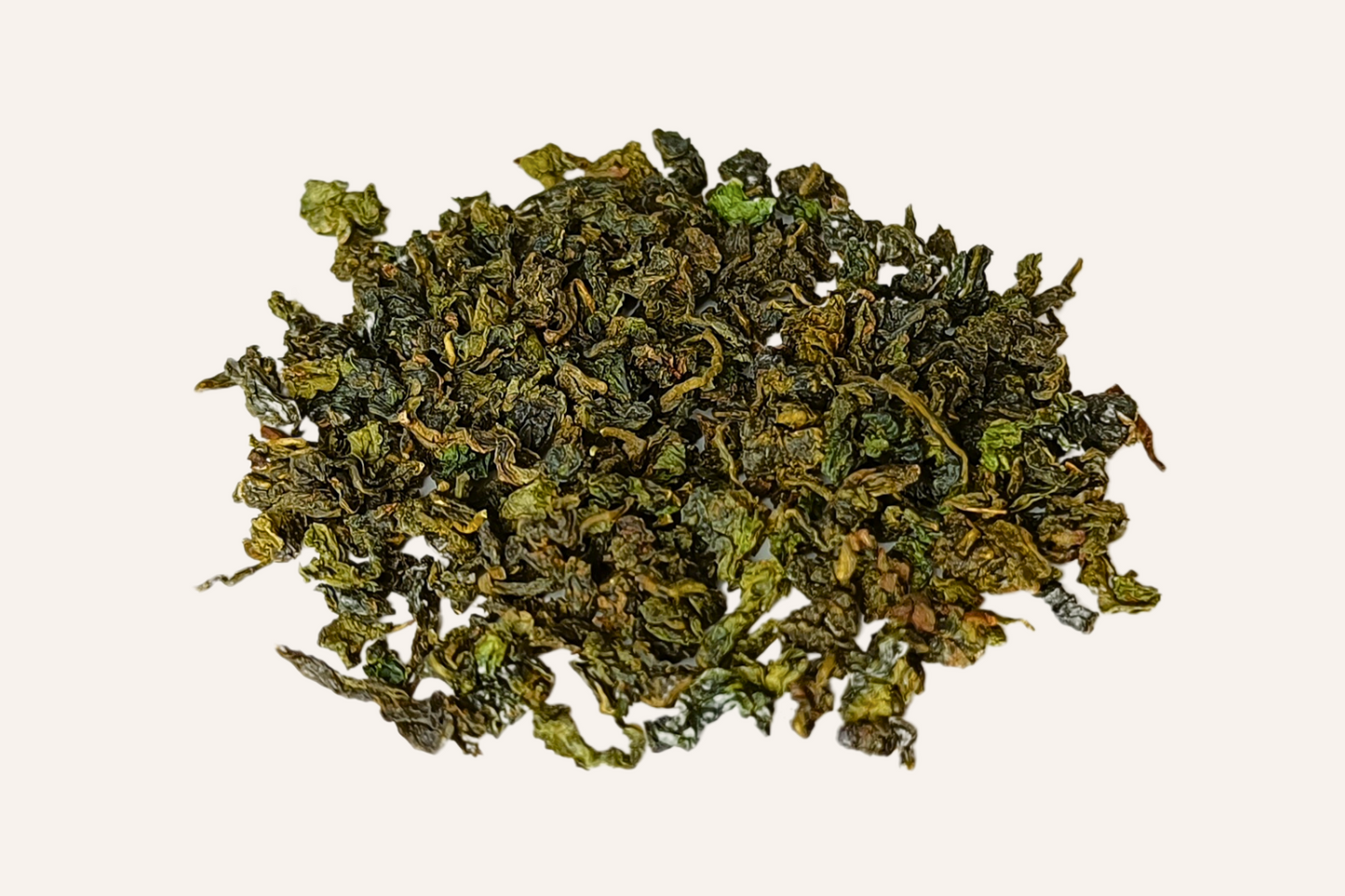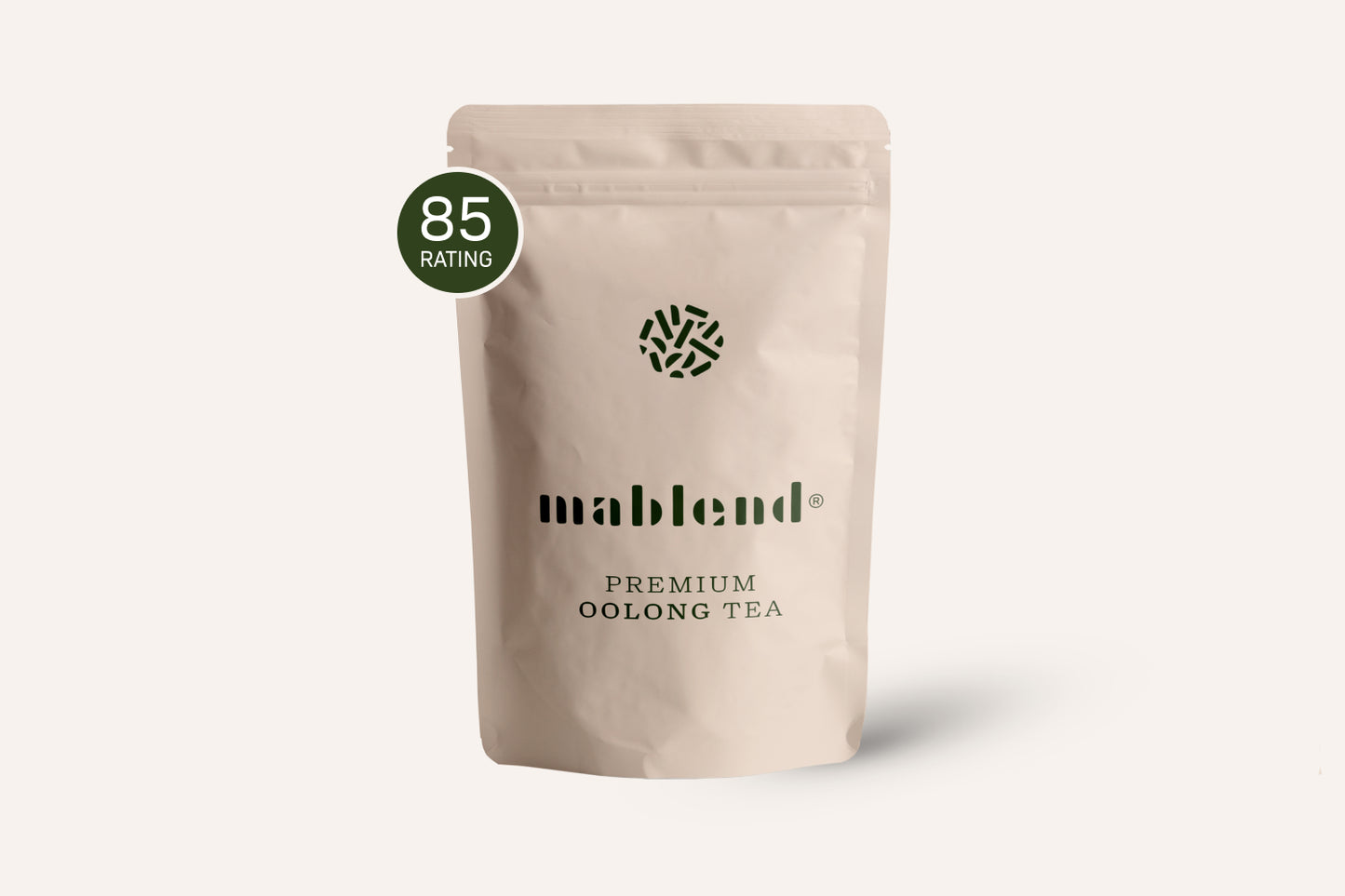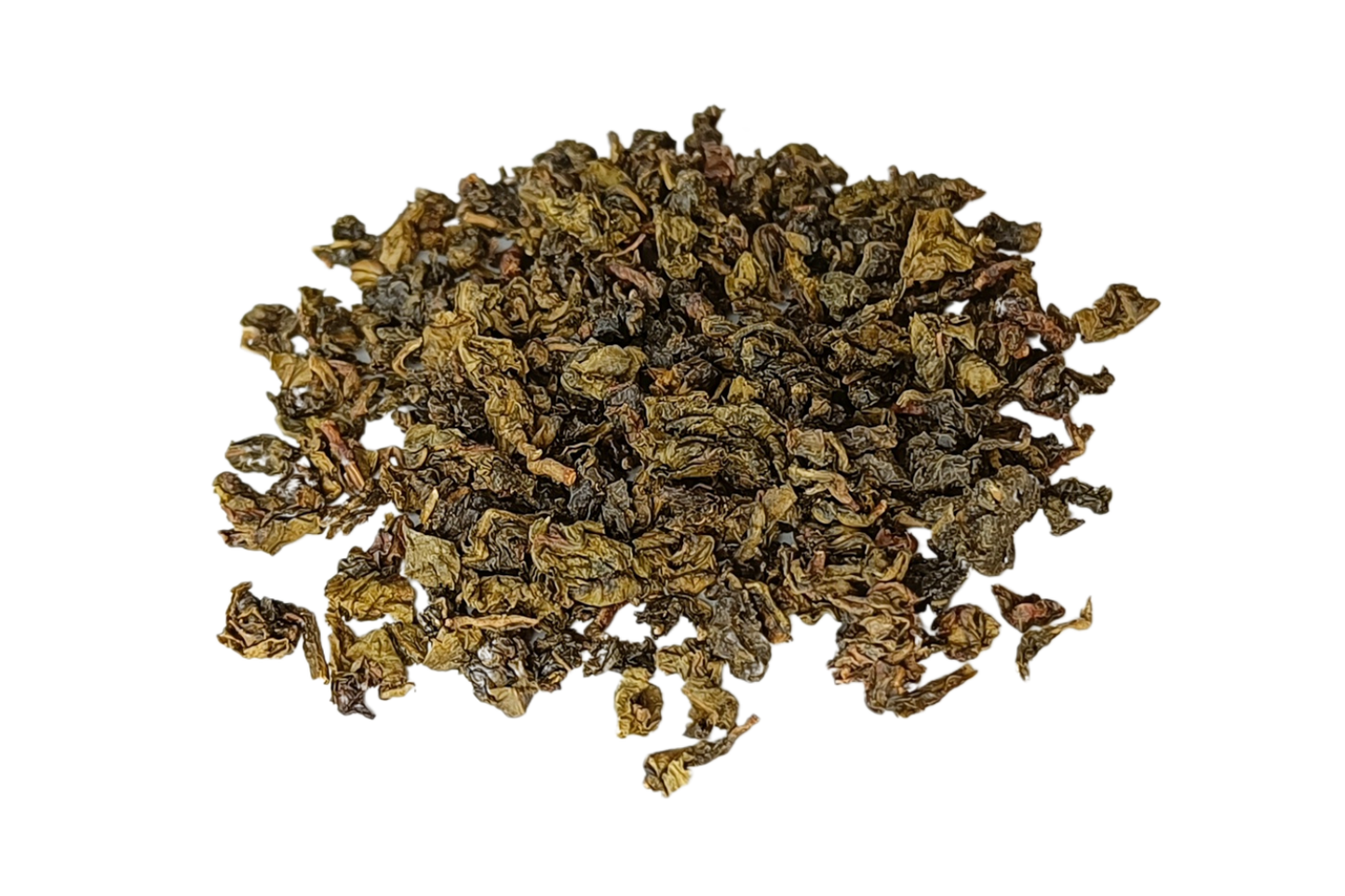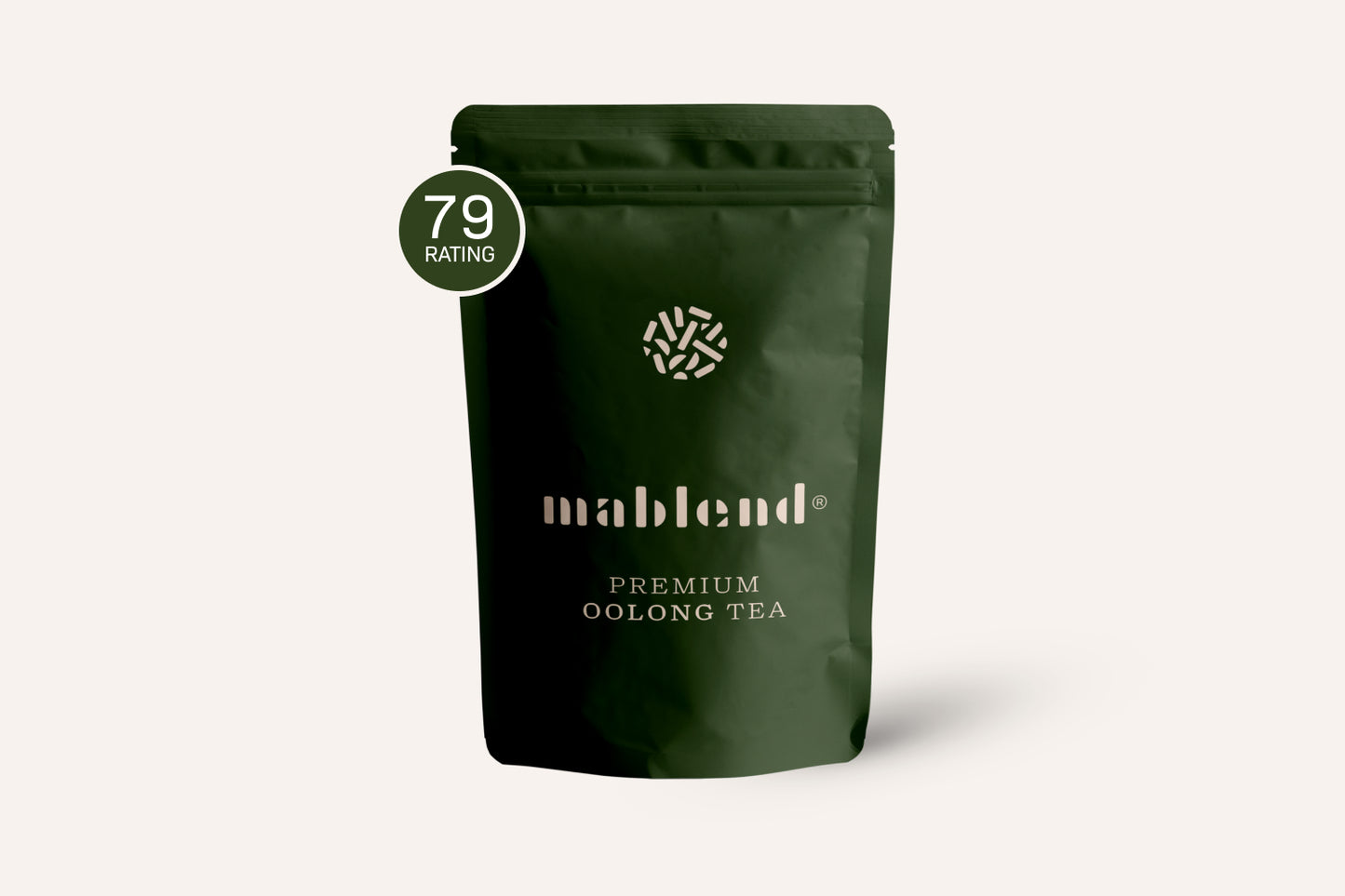Matcha is not just any green tea; it's an age-old Japanese tradition wrapped in a cup. But did you know that this vibrant green tea is also a health powerhouse?

Read on to discover the fascinating world of matcha, from its origins to how to judge the best quality.
What is Matcha?
Matcha is a special form of green tea that originated in Japan. Unlike traditional green tea, where the leaves are infused in water, matcha is made by grinding the whole tea leaves into a fine powder.
This results in a more concentrated form of green tea, rich in antioxidants, amino acids and other nutrients.
Matcha is often used in the Japanese tea ceremony and has gained popularity worldwide in recent years.
History and Origin of Matcha
The history of matcha is deeply rooted in Japanese culture, but the tea plant itself, Camellia sinensis, is native to China. It was in the 12th century that a Japanese monk, Eisai, brought the tea plant to Japan.

He also introduced the concept of grinding the tea leaves into a fine powder, which would later become known as matcha.
In Japan, matcha was initially used mainly by monks as a means of meditation, but it quickly became an integral part of Japanese tea ceremony and culture.
Different Types of Matcha
There are different types of matcha, which are mainly distinguished by quality and use.
Ceremonial grade is the highest quality and is mainly used in tea ceremonies and Buddhist temples. This is very finely ground and has a deep green color.

Culinary grade is less fine and is often used in cooking and baking.
There are also variants such as premium and café quality, which are in between these two.
How is Matcha Made?
The production of matcha is a careful and labor-intensive process. The tea plants are covered 20-30 days before harvest to protect them from direct sunlight.
This increases the chlorophyll content and gives the leaves a dark green color. After harvest, the leaves are steamed to prevent fermentation, dried and then ground into a fine powder.
Health Benefits of Matcha
Matcha is known for its high concentration of antioxidants , especially catechins , which are known for their cancer-fighting properties.
It also contains L-theanine , an amino acid that helps promote relaxation and alertness.
Other benefits include lowering the risk of heart disease and improving metabolism .
How do you drink matcha tea?
Matcha is a versatile tea that can be consumed in different ways depending on personal preference and cultural traditions. Here are some popular ways to drink matcha:
Traditional Matcha Tea
The most traditional way to drink matcha is by mixing it with hot water. To do this, a bamboo whisk, also called a "chasen", is used to beat the powder into the water until a foamy layer appears on the surface. The tea is usually served in a special bowl called a "chawan".
Matcha Latte

A more modern variant is the matcha latte, where steamed milk is added to the matcha. This makes the drink creamier and sweeter, and it is a popular choice in many coffee houses and tea shops.
Smoothies and Shakes
Matcha can also be added to smoothies and shakes for an extra boost of antioxidants. It combines well with fruits such as bananas and berries, as well as with plant-based milks such as almond or coconut milk.
Culinary Applications
While not strictly a way to "drink" matcha, matcha is also often used in culinary applications. It can be added to baked goods, ice cream, and even savory dishes for a unique flavor and color.

Due to its versatility and unique flavor profile, matcha offers a wide range of consumption options, making it a favorite with both traditional tea drinkers and modern drink enthusiasts.
Assessing the Quality of Matcha
The quality of matcha can be judged by a number of factors such as color, texture, and taste. High-quality matcha has a vibrant, deep green color and a fine texture. It should have a sweet, deep taste without bitterness.
Frequently Asked Questions
What is matcha tea good for?
Matcha tea is rich in antioxidants and can help improve heart health, lower the risk of certain types of cancer and promote mental alertness.
How often can you drink matcha tea?
There are no strict guidelines, but due to the caffeine content it is recommended to drink no more than 2-3 cups per day.
Is matcha tea stimulating?
Yes, matcha contains caffeine, but less than coffee. It also contains L-theanine, which has a calming effect.
Why is matcha tea so expensive?
Matcha production is a labor-intensive process and the best quality comes from Japan, which contributes to the higher price.
How many grams per cup?
For a cup of matcha tea, 1-2 grams of matcha powder is usually recommended.
Sources:
